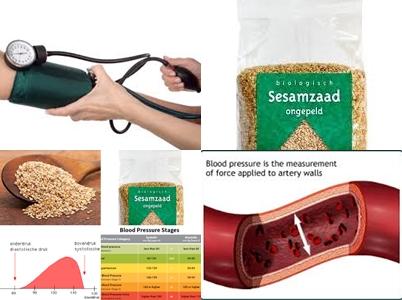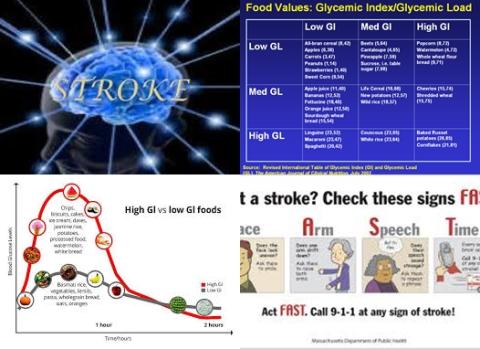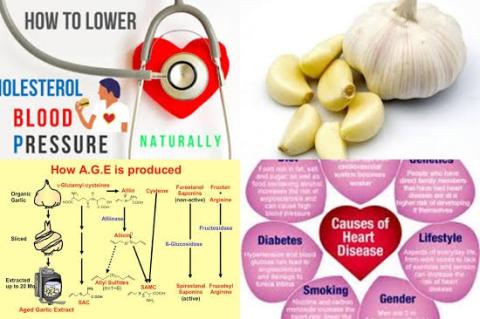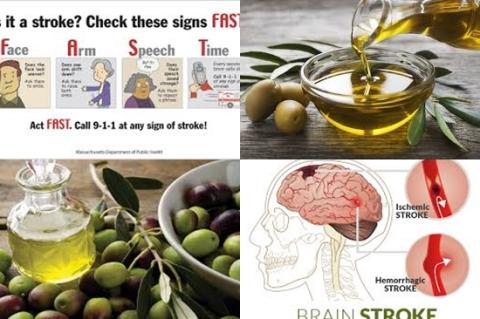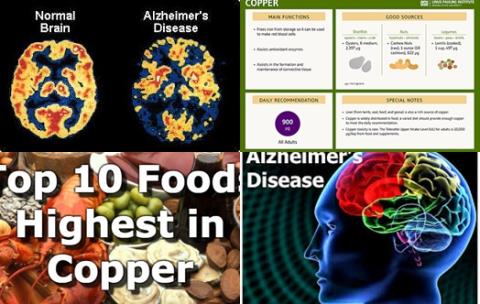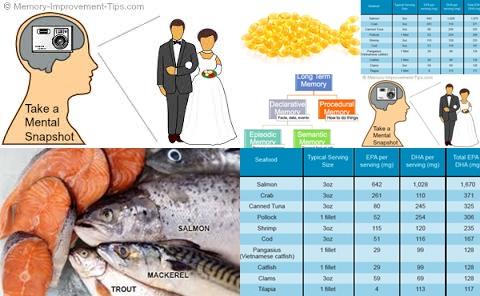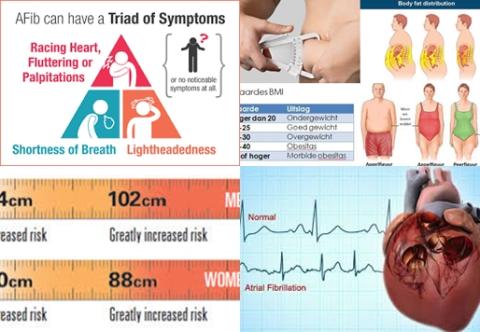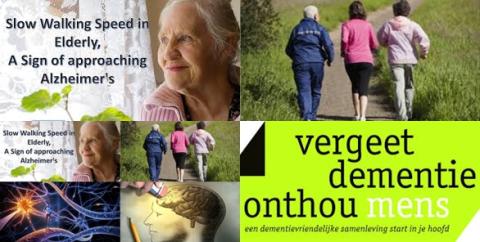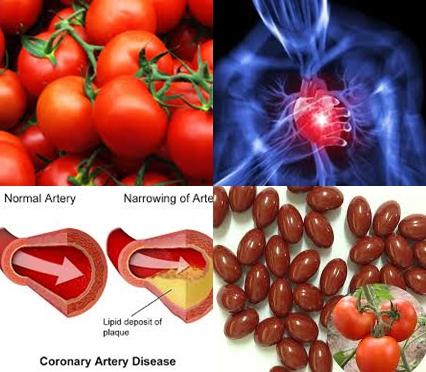A daily dose of ≥200 g yogurt intake decreases cardiovascular disease risk
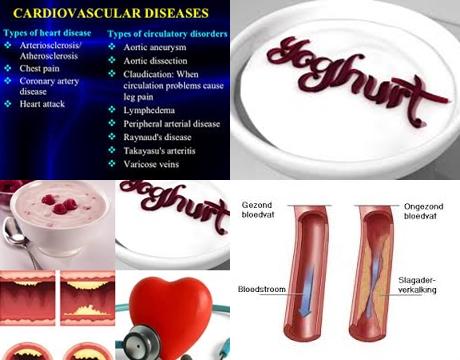
Objectives:
Previous systematic reviews and meta-analyses have evaluated the association of dairy consumption and the risk of cardiovascular disease (CVD). However, the findings were inconsistent. No quantitative analysis has specifically assessed the effect of yogurt intake on the incident risk of cardiovascular disease. Therefore, this review article (meta-analysis) has been conducted.
Is yogurt intake associated with a lower incident risk of cardiovascular disease?
Study design:
This review article included 9 prospective cohort studies involving a total of 291,236 participants. Follow-up durations ranged between 10.2 and 17.3 years. The baseline age of the participants ranged from ≥21 to ≥55 years. Yogurt intake was assessed by a food-frequency questionnaire (FFQ).
There was no publication bias.
Results and conclusions:
The investigators found when compared with the lowest category, highest category of yogurt consumption was not significantly related with the incident risk of cardiovascular disease [RR = 1.01, 95% = 0.95-1.08, I2 = 52%]. Not significantly because RR of 1 was found in the 95% CI of 0.95 to 1.08. RR of 1 means no risk/association.
The investigators found in the stratified analysis by type of outcome, the pooled RR of yogurt consumption was 1.04 [95% = 0.95 to 1.15] for CHD, RR = 1.02 [95% CI = 0.92 to 1.13] for stroke and RR = 0.87 [95% CI = 0.77 to 0.98] for the incident CVD events.
However, the investigators found intake of ≥200 g/day yogurt was significantly associated with a lower risk of 8% [RR = 0.92, 95% CI = 0.85 to 1.00] for cardiovascular disease in the subgroup analysis.
The investigators concluded that a daily dose of ≥200 g yogurt intake is associated with a lower incident risk of cardiovascular disease. Further cohort studies and randomized controlled trials are still demanded to establish and confirm the observed association in populations with different characteristics.
Original title:
Consumption of Yogurt and the Incident Risk of Cardiovascular Disease: A Meta-Analysis of Nine Cohort Studies by Wu L and Sun D.
Link:
https://www.ncbi.nlm.nih.gov/pmc/articles/PMC5372978/
Additional information of El Mondo:
Find more information/studies on cardiovascular diseases and consumption of dairy products right here.

